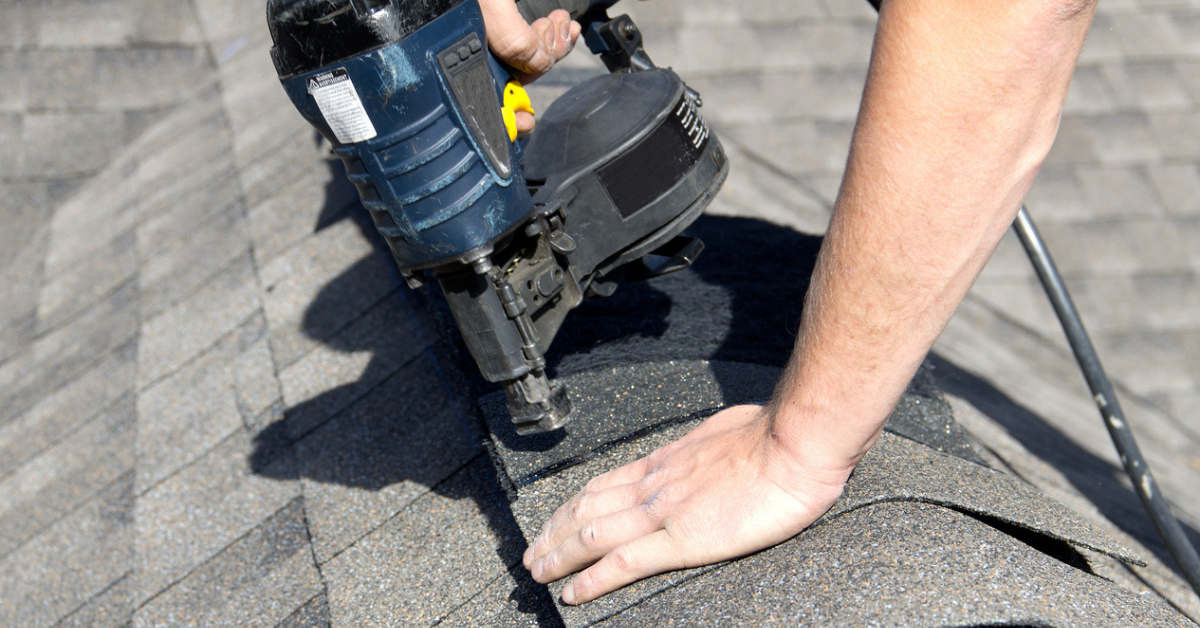As homeowners, we all know that the roof is our first line of defense against the elements. However, there is one crucial component that we often overlook, which can significantly enhance the roof’s performance and longevity – the ridge vent. So, let’s dive into some basics about what a ridge vent is and how it works.
What is a Ridge Vent?
A ridge vent is a vital part of a roof’s ventilation system that is installed along the peak or ridge of the roofline. It serves as a passive ventilation solution, allowing the escape of hot, moist air from the attic space. Typically made from durable materials like aluminum or shingle-over designs, they are designed to blend seamlessly with the roofline, providing both functionality and aesthetic appeal.
What Does It Look Like from the Inside?
From the inside, a ridge vent appears as a narrow, continuous gap running along the peak of the roof. They are often covered by a slatted or mesh material, allowing for the passive flow of air while maintaining a discreet aesthetic.
How Does a Ridge Vent Work?
The sun’s heat can quickly turn the attic space into a hotbed of trapped air that can cause a range of issues without proper ventilation, such as premature aging of roofing materials, increased energy costs, and even structural damage. However, the ridge vent makes use of the principle of passive airflow to combat this issue.
As outside air flows over the ridge, it creates a negative pressure zone, drawing stale air and moisture from the attic space. This continuous exchange of air helps regulate temperatures within the attic, preventing heat buildup and reducing the likelihood of moisture-related issues such as mold and mildew growth.
Moreover, ridge vents work in tandem with soffit vents or other intake vents positioned along the eaves of the roof. This creates a balanced airflow system known as the “ventilation stack effect,” where cooler air enters through the lower vents, displacing warm air through the vent.
How to Install a Ridge Vent
It’s always a good idea to seek the services of a qualified roofing contractor to ensure proper implementation of a ridge vent. Here’s what to expect during the installation process:
- A professional roofer will conduct a comprehensive assessment of your roof to determine the most suitable system for your home’s specific requirements. Prior to installation, the existing roofing materials may need to be removed along the ridge line to accommodate the vent.
- Next, the ridge vent is securely fastened along the peak of the roof, typically using nails or screws. Flashing may also be installed to provide additional protection against water infiltration.
- The vent is sealed using a waterproof membrane or roofing cement to prevent water penetration. Once in place, it’s seamlessly integrated with the surrounding roofing materials to ensure a cohesive, weather-resistant seal.
Investing in a ridge vent system is a wise decision that can pay dividends in home comfort, cost savings, and peace of mind. For more information on how they may benefit your home,,or if you need professional roof repair services in NJ to address ventilation issues, contact us today.


